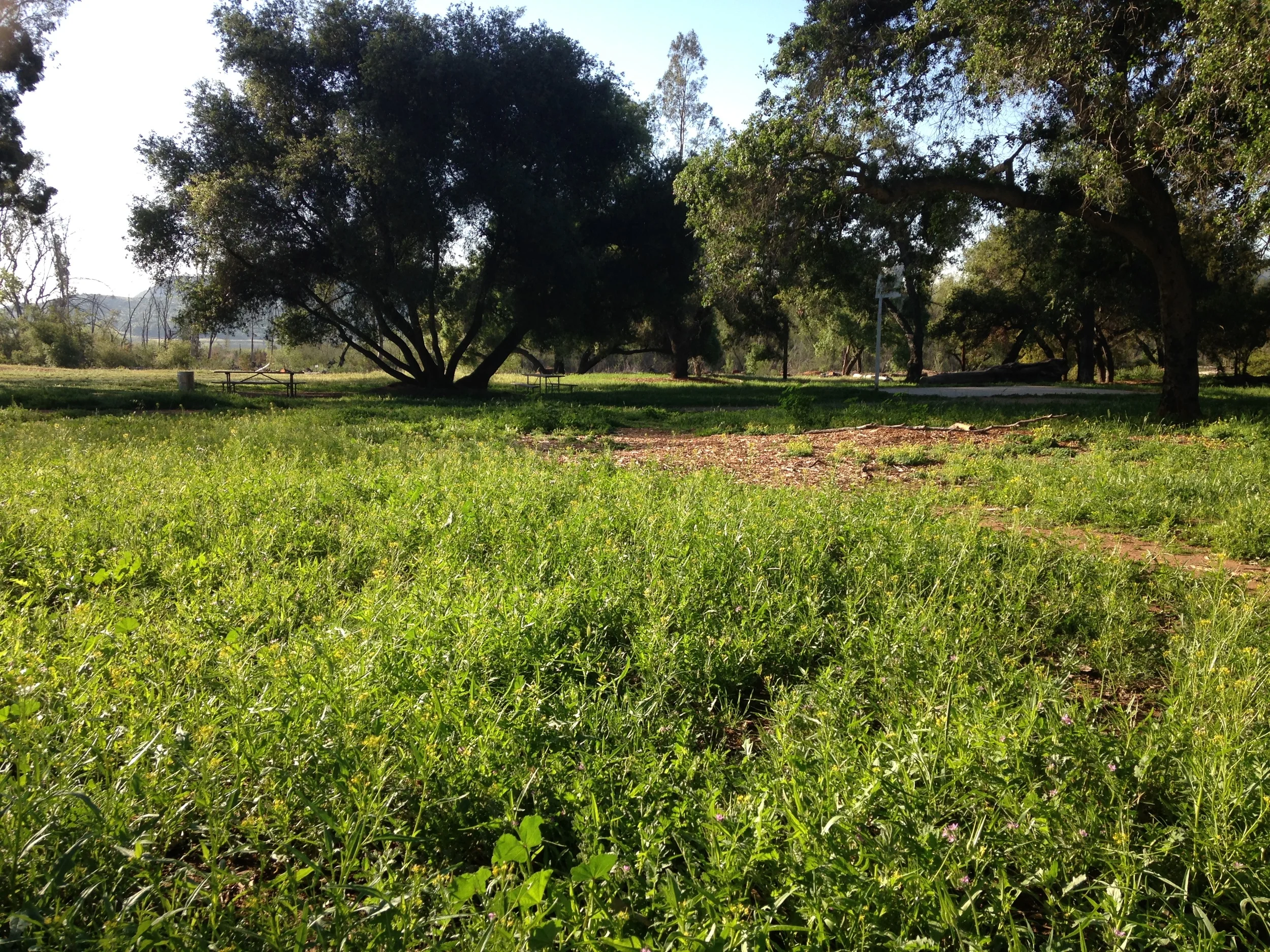Oak Woodland Restoration and Fire Fuel Reduction Project Update
December 2016
Invasive removal is focused on tamarisk and pampas grass. These invasive plants are being sprayed or removed, around the lake perimeter. December work will include eucalyptus removal. Roadside weeds were sprayed in November to help with next year’s fire season.
Planting has begun - 250 plants were planted by volunteers on 12/3 and a good time was had by all. Locally harvested mulefat and willow were planted, and more pole planting is happening thru January. Its a great way to actively connect with nature, so kids absolutely love it.
Stinkwort- Update: 9 locations were found and removed in our community of Del Dios. Volunteers cruised the streets, and we think we found all weed populations and removed them. We will be monitoring in July 2017 to where this new invasive shows up in town.
Volunteer days start with the promise of cooler weather, I Love a Clean San Diego brought 80 volunteers, removing 40 pounds of garbage and 2 full dumpster loads of tamarisk. (See Photos Here)
The natives plantings are coming in strong in our restoration areas, however , please stay out of the Restoration Areas except for volunteering at Del Dios Habitat Protection League events.


















